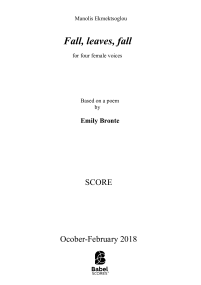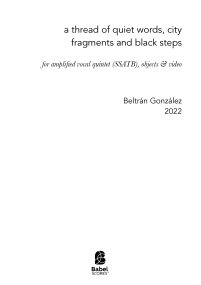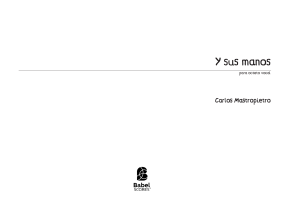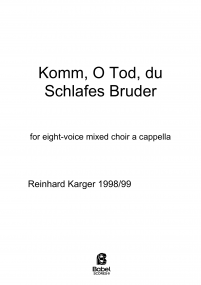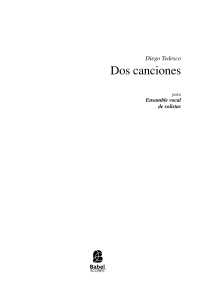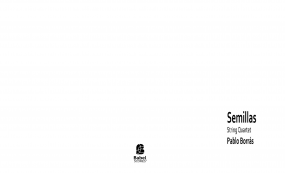Linda's Sorrow
ISMN : 979-0-2325-8155-2
- Login to create your own lists
Linda's Sorrow refers to a time of mourning by Linda, the widow of Kalev (he, the father of the hero of the Estonian epic Kalevipoeg). In this story, Linda, Kalev's widow is mourning her husband's death and is carrying large stones to build a
monument on his grave. At the time, Linda is pregnant with Kalevipoeg, the heroic figure of the epic. Weak from her condition, she drops a large stone. Unable to pick it up, she sits down on the stone and begins to cry. Her tears form a little puddle, which turn into a pond and then into a lake. Today, you can still see Linda's large stone in the middle of her tear lake (Ülemiste lake) in Tallinn.
Linda's Sorrow is different than much of my work with voices, as it is written for amateur singers with the intent of providing an accessible approach to modern choral writing, even as it offers a few contemporary techniques.
In Linda's Sorrow the folk tune "ma süda, ärka üles" forms the basis for exploration.
PERFORMANCE NOTES
After the opening largo and subsequent allegro there are six postludes that offer short excursions into the sorrow of Linda through slightly contemporary methods.
Postlude A
This is a race. All voices are independent of each other and are singing the phrases as fast as possible, keeping the integrity of the notated rhythms. The effect should be chaotic as the voices are decoupled from each other. There is a single repeat.
Postlude B
This is a canon with glissandi and portamenti
Postlude C
Each voice part is in a seperate, different tempo while singing the same melody S1 = 120 bpm, S2 = 90 bpm, A = 60 bpm
Postlude D
The altos accompany (disturb?) S1 and S2 with nasal glottal stops
Postlude E
S1 & S2 begin singing as fast as possible to as slow as possible, while A sings clusters with increasing noise
Postlude F
S1 sings variation of "Ma süda, ärka üles"; while S2 sings a sharply staccatto then legato tonality defining phrase; while A sings an ingressive (on inhalation) tone that is 1/ 2 voiced (air noise with pitch) - due to the nature of ingressive phonation, the notated pitches are more suggestive than prescriptive, and the altos are asked to sing any tone that assists in effective gestures that may include multiphonic production.
Alto voice
Pages - 16


